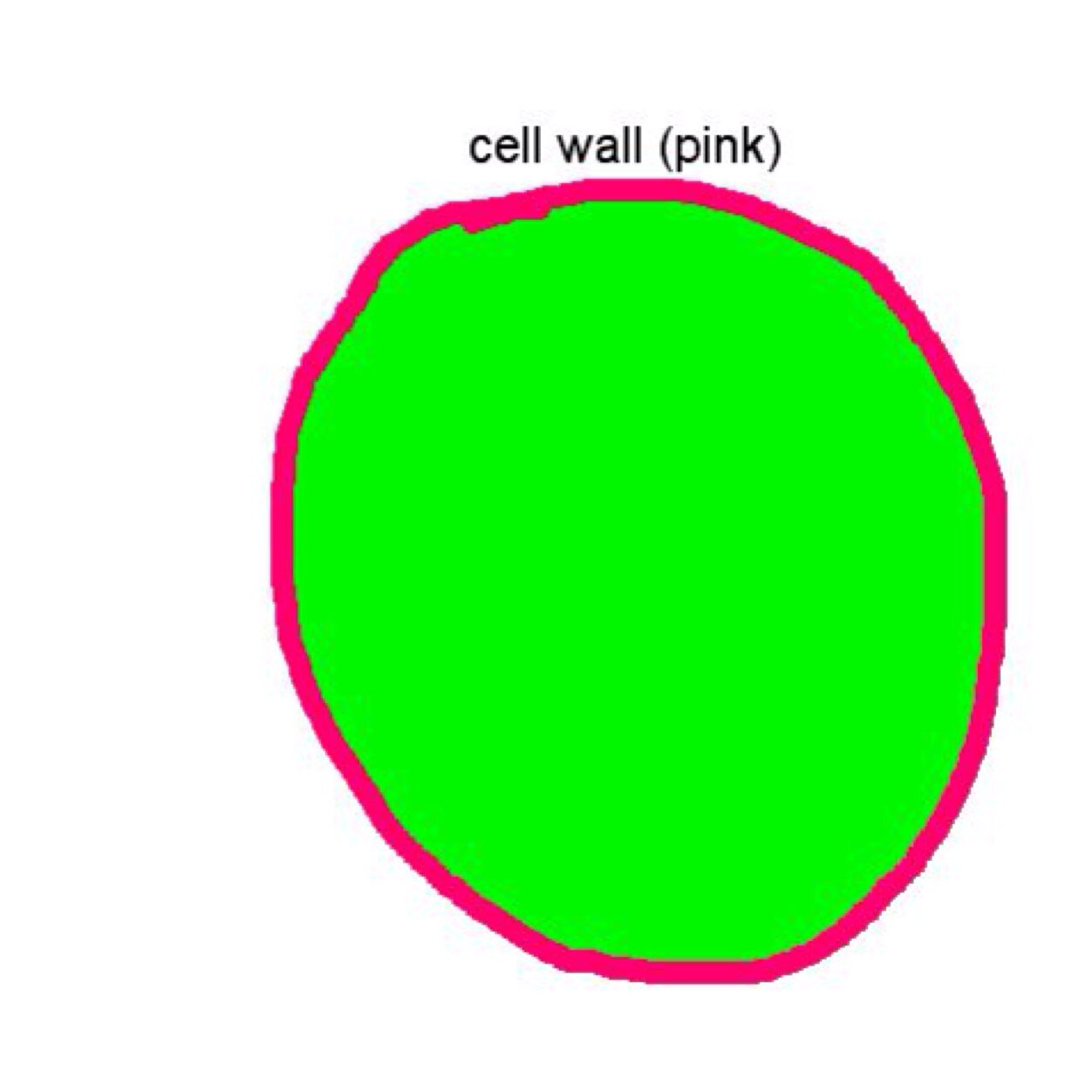

That requires a lot of bravery and optimism on the part of the patient.” Seizures reduced by more than 90%Īdkins is one of two patients to undergo the procedure the first was last year at SUNY Upstate Medical University in New York.

Even though the animal research looks very robust and durable, eventually someone has to be the first patient. “She deserves an enormous amount of credit to do something that effectively has never been done before,” Burchiel said. Burchiel said it will take more time and more patients to know whether the procedure is truly effective, but in the meantime, he is gratified that Adkins has found some relief. This new intervention was first established in animal models, including nonhuman primates at OHSU’s Oregon National Primate Research Center. Three decades ago, he was the first surgeon to bring deep brain stimulation to the United States for the treatment of tremor associated with Parkinson’s disease. Her surgeon, Kim Burchiel, M.D., professor of neurological surgery in the OHSU School of Medicine, is accustomed to pioneering advancements in health care. Known as NRTX-1001 neuronal cell therapy, the surgeon injects high-purity inhibitory neurons - derived from human stem cells - into the brain. The procedure involves injecting inhibitory nerve cells, called interneurons, into a precisely defined focal point in the brain to quell seizures.

Previously, she endured about 14 seizures a month with no relief from medication.

“I’m able to do things without being concerned that a seizure is going to happen while I’m out and about. 26 at Oregon Health & Science University. As one of the first two participants in the country to undergo a new type of brain cell therapy procedure to treat an intractable form of epilepsy, the 59-year-old Portlander has been almost seizure-free since she underwent the experimental procedure on Oct. (OHSU/Christine Torres Hicks)Īnnette Adkins doesn’t think of herself as a medical trailblazer. Known as NRTX-1001 neuronal cell therapy, the technique has been tried in two patients nationwide so far as part of an ongoing multisite clinical trial. 26 implanting inhibitory nerve cells into a precisely defined focal point in the brain to quell seizures. Annette Adkins, walking in her Portland neighborhood, has been nearly seizure-free since undergoing an experimental procedure at OHSU on Oct.


 0 kommentar(er)
0 kommentar(er)
